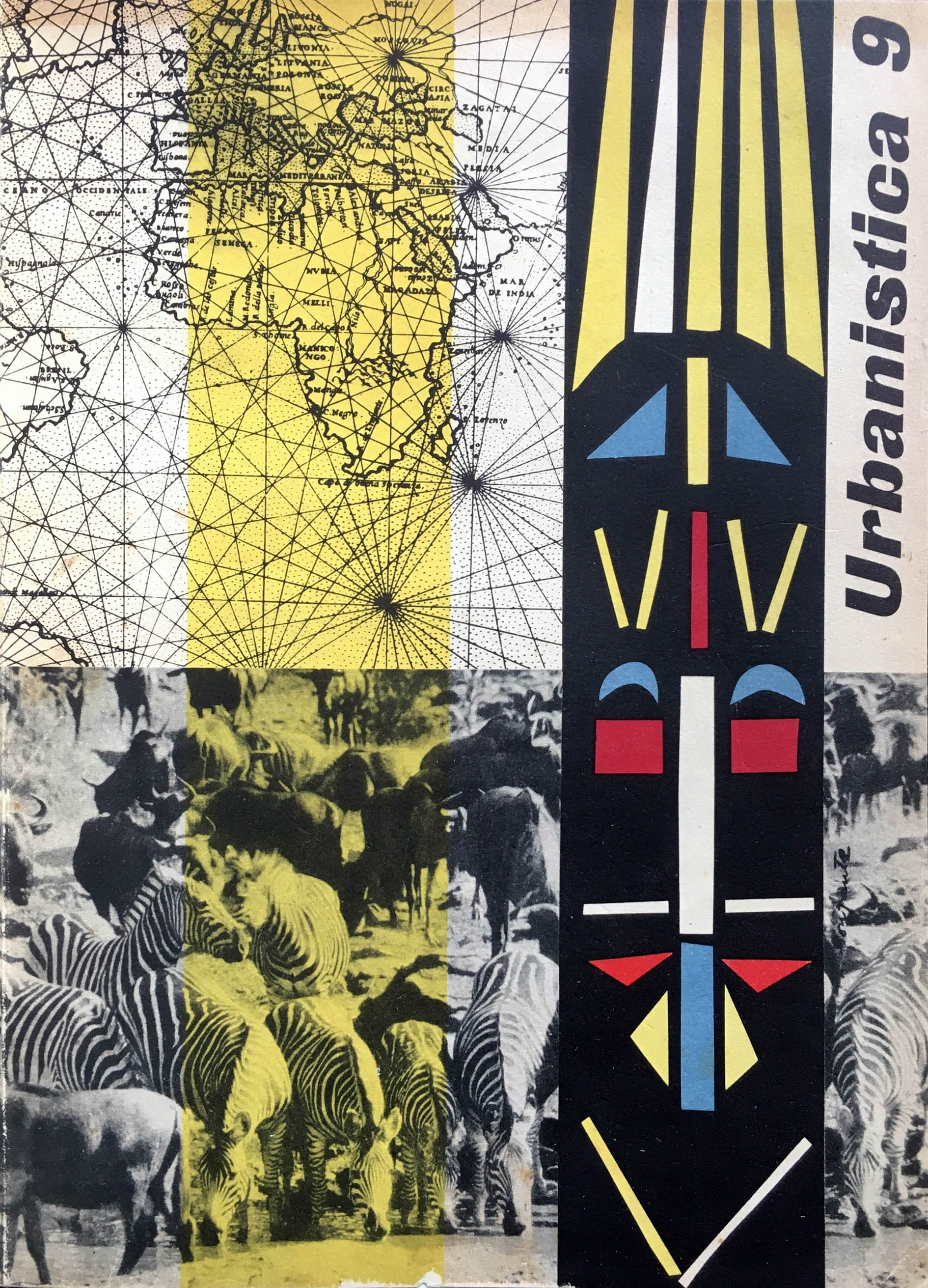Energy efficient communities
Analysis of urban certification systems
DOI:
https://doi.org/10.24215/24226483e104Keywords:
forma urbana, certificación a escala urbana, eficiencia energéticaAbstract
Cities have not been planned consid ering the energy they demand; This has led to conservation at the buil-ding scale. But, the energy efficiency of the city does not depend on the sum of bioclimatic buildings; being the planning of the urban form necessary to combine the performance of the buildings with the environment. There are urban certification systems that improve energy efficiency. This work analyzes four systems (BREEAM, LEED®, Green Star, and CASBEE), detects from the set that which in its categories emphasizes the relationship between urban form and energy consumption; and applies it to a set of cases in the study area. Analysis shows that LEED® places greater importance on urban form planning. However, when evaluating the performance between LEED® and the case studies, it is detected that the urban form-energy consumption relationship is not congruent between the certification requirements and the consumption ob-tained.
Downloads
Metrics
References
BREEAM (s.f.). https://www.breeam.com/
Blanco Moya, J. (2015). Hacia el diseño y gestión de barrios sustentables en Chile. Revista INVI, 31(86), 203-214. https://revistainvi.uchile.cl/index.php/INVI/article/view/62739/66590
CASBEE (s.f.). http://www.ibec.or.jp/
CERTIVEA (s.f.). HQETM https://www.behqe.com/
Consejo Alemán de Construcción Sostenible. DGNB. https://www.dgnb.de/en/index.php
Encinas, F., Marmolejo, C. & Aguirre, C. (2016). El impacto de los proyectos inmobiliarios y sus atributos de sustentabilidad sobre el valor del suelo: ¿causa o consecuencia? dos estudios de casos para Santiago de Chile. Hábitat Sustentable, 6, (2,) 70-79.
Green Star (s.f.). https://www.gbca.org.au/
Haapio, A. (2012). Towards sustainable urban communities. Environmental Impact Assessment Review, 32, 165-169.
Higueras, E. Urbanismo bioclimático. 1ª ed. Gustavo Gili, 2012.
Huang, Z., Yu, H., Peng, Z. & Zhao, M. (2015). Methods and tools for community energy planning: A review. Renewable and Sustainable Energy Reviews, 42, 1335-1348.
IEA, International Energy Agency (2016). Indicadores de Eficiencia Energética: Fundamentos Estadísticos. International Energy Agency.
Ko, Y. & Radke, J. (2014). The effect of urban form and residential cooling energy use in Sacramento, California. Environment and Planning B, 41, (4), 573-593.
Koirala, B., Koliou, E., Friege, J., Hakvoort, r. & Herder, P. (2016). Energetic communities for community energy: A review of key issues and trends shaping integrated community energy systems. Renewable and Sustainable Energy Reviews, 56, 722-744.
LEED® (s.f.) . https://new.usgbc.org/
Lohrey, S. & Creutzig, F. (2016). Sustainability window’ of urban form. Transportation Research Part D: Transport and Environment, 45, 96-111.
Martínez, K. (2017). Comunidades y barrios sustentables: sistemas de certificación avanzando hacia la sustentabilidad de la escala urbana intermedia. AUS [Arquitectura / Urbanismo / Sustentabilidad], 10, 18-21.
Middel, A., Häb, K., Brazel, A., Martin, C. & Guhathakurta, S. (2014). Impact of urban form and design on mid-afternoon microclimate in Phoenix Local Climate Zones. Landscape and Urban Planning, 122, 16-28.
ONU-HÁBITAT (2016). Informe Mundial de las Ciudades. Enertic. https://enertic.org/el-informe-mundial-de-ciudades-2016-de-onu-habitat-urbanizacion-y-desarrollo-futuros-emergentes/
Páez García, A. (2009). Sostenibilidad urbana y transición energética: un desafío institucional [Tesis doctoral]. Universidad Nacional Autónoma de México, México. https://repositorio.unam.mx/contenidos/71036
Pearl Community Rating System (s.f.). https://www.dpm.gov.abu dhabi/
Reinhard, J. (2017). Annex 51: Case studies and guidelines for energy efficient communities. Energy
and Buildings, 154, 529-537.
Rueda, S. (2014). Certificación del urbanismo ecológico. Agencia de Ecología Urbana de Barcelona.
Sharifi, A. (2016). From Garden City to Eco-urbanism: The quest for sustainable neighborhood development. Sustainable Cities and Society, 20, 1-16.
Sosa, B., Correa, E. & Cantón, A. (2018). Neighborhood designs for low-density social housing energy efficiency: case study of an arid city in Argentina. Energy and Buildings, 168, 137-146.
Downloads
Published
How to Cite
Issue
Section
License
Copyright (c) 2022 Dra. María Belén Sosa, Dra. Erica Correa, Arq. Maróa Alicia Cantón

This work is licensed under a Creative Commons Attribution-NonCommercial-NoDerivatives 4.0 International License.
Acorde a estos términos, el material se puede compartir (copiar y redistribuir en cualquier medio o formato) y adaptar (remezclar, transformar y crear a partir del material otra obra), siempre que a) se cite la autoría y la fuente original de su publicación (revista y URL de la obra), b) no se use para fines comerciales y c) se mantengan los mismos términos de la licencia.








.jpg)

















